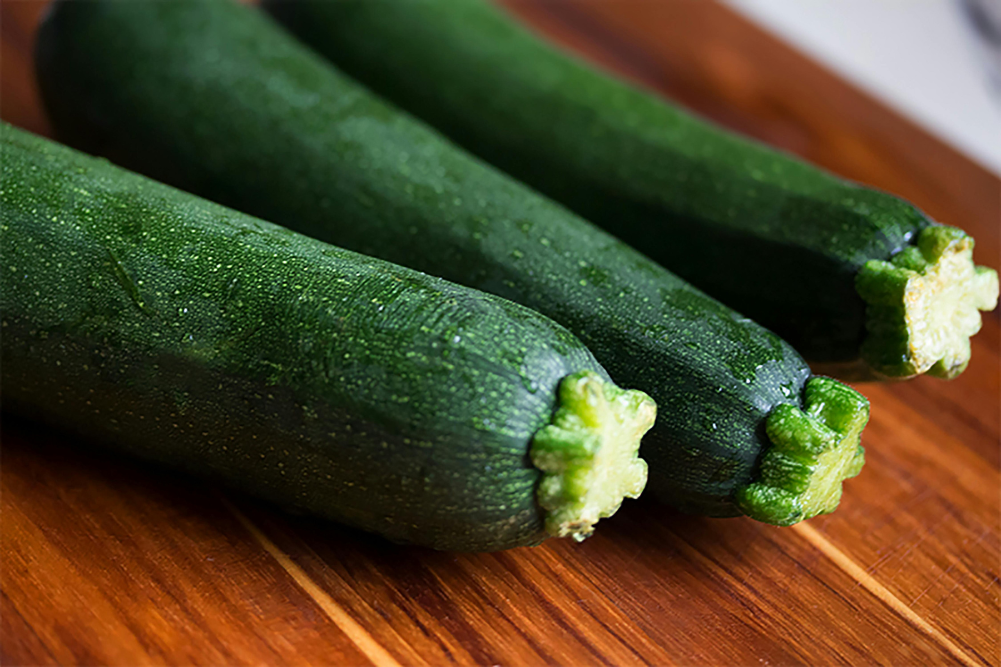Gardening and cooking with old fashioned herbs
Many herbs that have gone out of fashion are still a delight to use and an even greater joy to have in the garden.
Lemon balm (Melissa officinalis), for example, was once a popular medieval remedy for maladies from the bites of mad dogs to baldness, eating toadstools and melancholy. These days a few drops lemon balm oil added to massage oil is mildly relaxing.
=Q1=
Lemon balm tea can be used to help mild insomnia and digestive problems brought on by stress. I prefer to use my young lemon balm leaves in salad sandwiches or frozen in ice blocks and added to cold water, pineapple or apple juice or ginger ale on a hot day.
Lemon balm survives heat, cold, drought and, once established, even being run over by an over enthusiastically wielded lawnmower. It can become a weed, so don’t grow it near bushland.
Lovage or love parsley (Levisticum officinale) is a gorgeous little plant needing rich, moist, well-drained and sunny soil. It was once used as an aphrodisiac, but no matter how well you treat it, don’t rely on its ability to stimulate lust. Its strong celery flavour, though, is excellent in soups, salads or stews, and it survives heat and neglect far better than celery. It’s also a perennial, so unlike celery you don’t need to plant it afresh each year.
Winter savory (Satureja montana) was once used cure women of “the vapours”. I suspect “the vapours” were often caused by too-tight corset lacings, so as long as the corset was loosened before the savory was applied, it may have worked. Winter savory is a low-growing, tough little perennial, looking a bit like a small-leafed thyme, but it has a quite different and equally delicious taste and fragrance, with masses of small white flowers. Winter savory needs full sun, fertile to sandy soil, very well drained, and plenty of moisture for best growth, though is hardy once established. Prune it back every few years to stop it getting woody and dying back and to encourage new growth. Winter savory is my secret ingredient in any soup, stew or gravy containing chicken, or in potato soup. The leaves are tough; tie them in a bundle, leave it in while cooking then haul the bundle out before serving. The flavour is subtle and wonderful.
Sweet cicely or English myrrh (Myrrhis odorata), another perennial, was once recommended to ward off the plague. It’s a delightful old-fashioned plant, tall and ferny to about a metre with dark green leaves sometimes patched with lighter colour, with a sweet aniseed scent and umbels of small white flowers. It does best in rich moist soil in semi-shade and isn’t suited to hot or humid areas. All of the sweet cicely plant is useful: the sweet leaves can be added to sandwiches or chopped into cream or cottage cheese; the root can be scrubbed, grated and eaten raw, stir-fried, cooked in butter with slices of apple, or steamed then sliced into salads; the flowers can be added to salads or sandwiches or ricotta cheese, or dipped in batter, deep-fried and served with icing sugar; and the seeds can be added to cakes, salads, cream cheese sandwiches — and countless other culinary uses. Chew a few green seeds as you wander round the garden — they are sweet and perfume your breath.
Anise (Pimpinella anisum) is a herb for the true connoisseur. It’s an annual small feathery herb growing to about 50cm, with umbrella-like clusters of white flowers and small greyish-green fruit containing the two “aniseeds”. It grows best in fertile, moist, well-drained soil. In hot areas it is best grown in semi-shade and watered every day. In temperate areas grow anise in full sunlight.
Anise seeds are ripe about three to six months after germination, depending on growing conditions. Harvest the whole plant when the fruit turns grey-green: don’t leave it too long or the seed cases may shatter, and the seed will be lost. Hang the plant up to dry for a week or pack it loosely on racks in an airy place, then bash the plants on a box with newspaper at the bottom to catch the seeds. Let the seeds dry another week or two, then store them in an airtight container. Anise is widely used in cooking. It’s added to meat and other savoury dishes in Asian cooking and in cakes and sweets in European cuisine.
Anise Tea
Bruise 2 dessertspoons of fresh or dried aniseeds, then pour over 2 cups of boiling water.
Let steep for 2 minutes, strain and drink hot.
Anise Crème
=R1=








